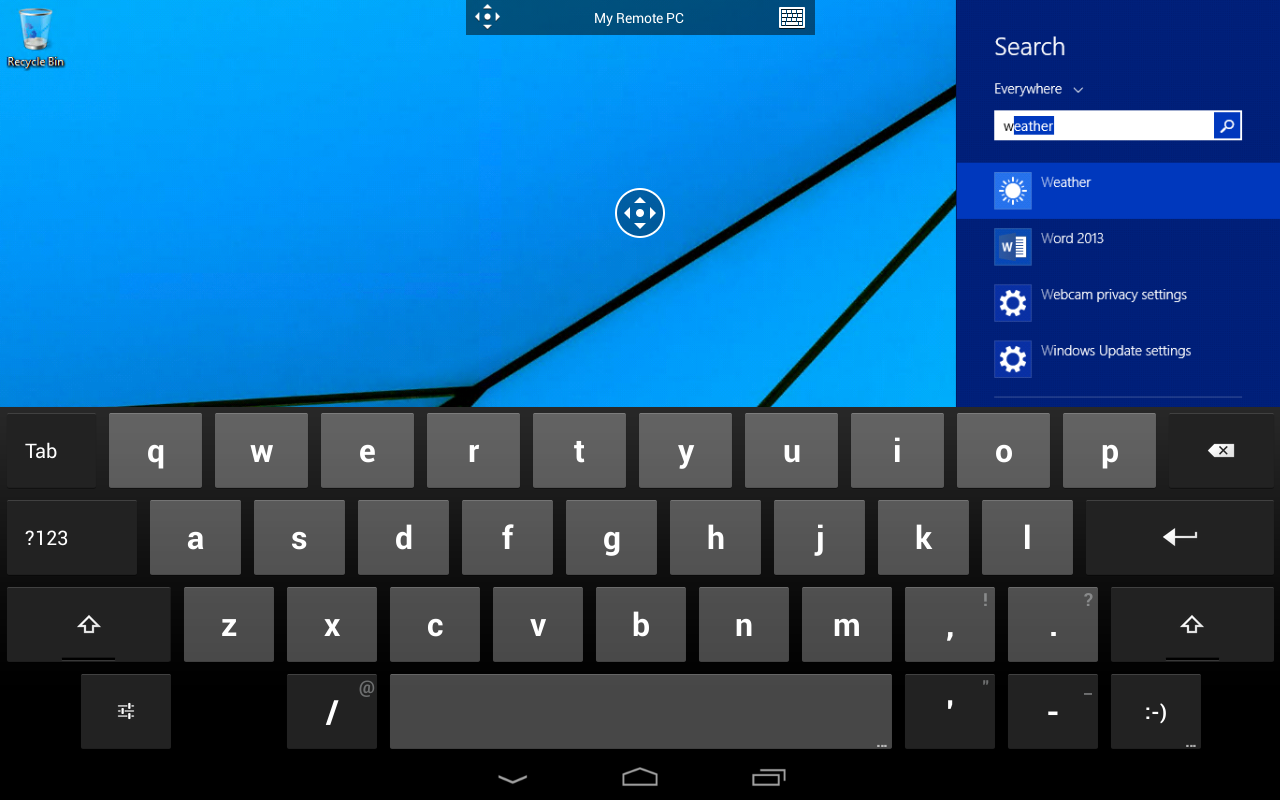

A workaround is to disable the auto-login in the Raspberry Pi Configuration tool. Warning: This method currently doesn’t work on a fresh installation of Raspberry Pi OS Bullseye.
#APPLE REMOTE DESKTOP SOUND FREE#
I left a debugging line in the script that shows what is going to be sed'd into the t.rdp file.If you are lost in all these new words and abbreviations, request my free Raspberry Pi glossary here (PDF format)! Here is an example that includes the console switch. Make the script executable: sudo chmod +x rdp.sh (This assumes my rdp.sh script file is in my home directory, ~/ ) alias rdp=~/rdp.sh RdpRunCommand="/Applications/Remote Desktop Connection.app/Contents/MacOS/Remote Desktop Connection" RdpTempRDP='/Users/levi/Dropbox/RDC_Connections/RDS/t.rdp' RdpTemplateFile='/Users/levi/Dropbox/RDC_Connections/RDS/template.rdp' Make the bash script executable: chmod +x rdp.sh.Modify your '~/.bash_profile' to include an alias to 'rdp.sh'.Create a bash script to copy the template.rdp to a temp.rdp, then sed the temp.rdp with the desired host name that gets passed in when invoking the script.This gets used in the 'sed' command as the string to search for and replace with a real server name. Create a Microsoft RDP template profile with all of your preferred settings.I bet that bash scripting has a more elegant solution than I use. I included a number of variations of a switch for connecting to the console because I'm old and can never remember which one I like.My bash script will not work with spaces in the paths or file names :).I can pass a host name, and I can throw a switch to connect to the console of Server 2003 hosts. I created a sed+open bash script to make it possible to pass 2 arguments to Microsoft Remote Desktop Client. I made my own CLI script for Microsoft RDP. It works, but it seems to flake out periodically. For that reason, we recommend using the open command, and rdp:// URLs to launch sessions. This overrides or decreases the effectiveness of many of CoRD strong points, including unified sessions, etc. One symptom of this is multiple Dock icons. Launching CoRD from the command line this way causes a fresh instance of CoRD to be opened. Applications/CoRD.app/Contents/MacOS/CoRD -host -port 3389 -u username Passwords with any special characters in them, :, &, etc need to be encoded according to the URL Encoding FormatĬoRD supports the following command line options: -host -port -u -d -p -a set screen depth -width set screen resolution width -height set screen resolution height Colons (:) can be used in place of ampersands for the same effect, without needing to be escaped. Open using ampersands (&) from the command line, they have to be escaped with a backslash (). 0 - Forward Audio to the Local Machine (Currently not used since CoRD doesn't present audio).Open following parameters can be set for the session via a query string (as of 0.5.2):


If you want to use rdp:// urls with existing saved servers, you can (as of 0.5.3)! Just use the label in place of a hostname:Īdditional parameters can be used to start a fully-configured session via the URL: If Apple changes this (or if anybody is aware of a way to extend it) we would love to hear about it. Unfortunately, there is no way to extend Finder's "Connect to Server" dialog, which supports launching VNC URLs, so we can't launch CoRD from there. The CoRD documentation on github lays out how you can use URL encoded parameters to open full-configured RDP sessions.ĬoRD handles rdp:// URLs, which you can use from many places inside OS X. But the free and most excellent CoRD remote desktop client does handle rdp:// links which would let you call it from a launcher of your choice or even via open on the command line. There is no command line access for the Microsoft Remote Desktop Client.


 0 kommentar(er)
0 kommentar(er)
